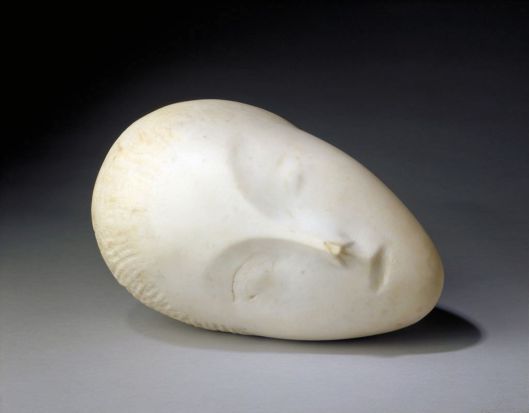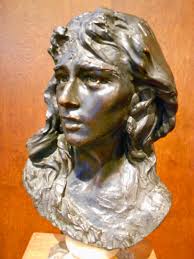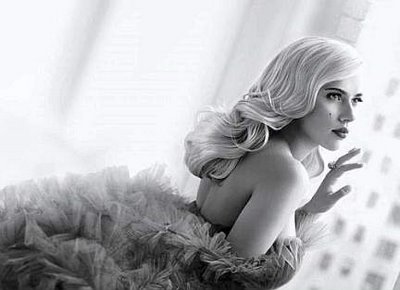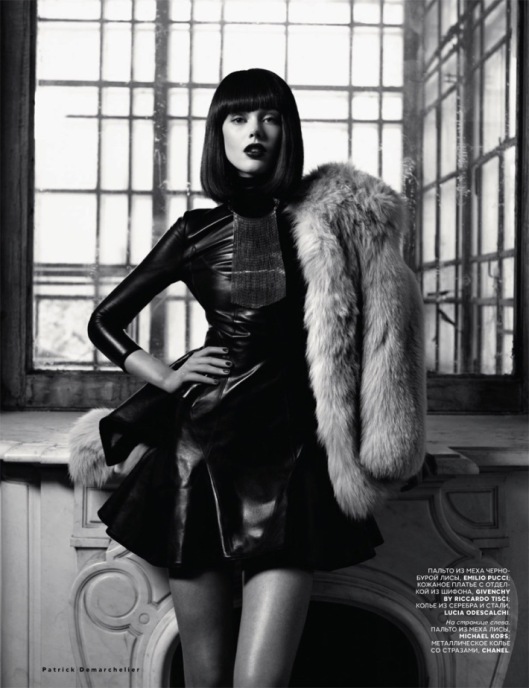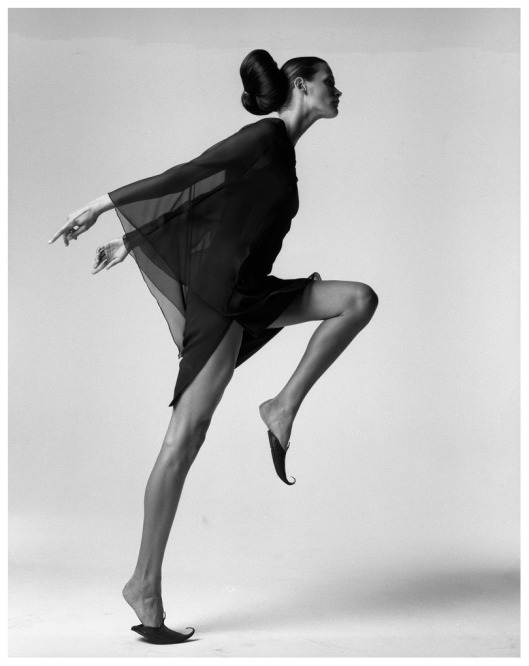Tags
Alexandre Leforestier, art criticism, Art Explora, arts, Bruno Julliard, Claudia Moscovici, Frédéric Jousset, Google Art Project, Panodyssey, Valentin Bert
Frédéric Jousset and Bruno Julliard: From the Beaux-Arts tradition to the innovation of Art Explora
By Claudia Moscovici
Frédéric Jousset has spanned the gamut in the arts during the course of his career. Raised in an artistic family—his mother, Marie-Laure Jousset was the Chief Curator at Beaubourg and his father, Hubert Jousset, was President of the École normale de musique de Paris—Jousset has played a key role in French culture. He began his career in the fields of marketing and finance, which he later relied upon to support and fund the arts. In 1994, he started working for L’Oréal (Kérastase) in several marketing roles, followed by managing private equity funds for the international investment firm Bain & Company. In 2000, he partnered with Olivier Duha to establish his own Internet search company, called Webhelp SA. The firm spread to over 40 countries, generating nearly 1.5 billion Euros in revenues in 2019 alone. While thriving as a businessman, Jousset did not forget his artistic heritage. Between 2011 and 2014, he served as Chairman of the Board of Directors of the École nationale supérieure des beaux-arts in Paris and as a member of the acquisitions committee of the Musée du Louvre (2007-2014). In this role, he developed the museum’s website and funded the purchase of a famous painting by Nicolas Poussin, La Fuite en Egypte (1657)
Beaux Arts Magazine and the Beaux-Arts System
Jousset eventually became an administrator of the Louvre. In 2016, he also became the CEO of the prestigious Beaux Arts Magazine, a monthly art journal founded in 1983, which covers the history of art in all fields from antiquity to today. The magazine is named after the Académie des Beaux-Arts founded in 1816, under the rule of Louis XVIII. This Academy, in turn, merged the Academy of Painting and Sculpture, the Academy of Music, and the Academy of Architecture: all originally founded by Louis XIV’s culture minister, Jean-Baptiste Colbert. The Beaux-Arts system was instituted to meet the requirements of the Academy, which were taught at the Ecole des Beaux Arts. These included the following principles:
- A respect of the hierarchy of genres which privileged, in descending order, history paintings, religious themes, portraits and still life paintings. Of course, aesthetic principles tend to be somewhat different from public taste and practice. Even during the eighteenth-century, when Chardin’s still life paintings were extremely popular and defended by notable art critics such as Denis Diderot, the hierarchy of genres instituted during Louis XIV’s reign was being called into question. During the nineteenth century, with the rise in popularity of realism and the representation of everyday subjects and life, it was even more radically altered. Although some well-respected artists, such as Cabanel and Bouguereau, continued to observe its rules, many artists did not. As Théophile Gautier observed in his 1846 Salon, “religious subjects are few; there are significantly less battles; what is called history painting will disappear… The glorification of man and of the beauties of nature, this seems to be the aim of art in the future.”
- Drawing is more important than color. The reason behind this rule is that the drawing of forms was considered to be more abstract because it was not already found in nature. It was assumed that it took greater artistic talent to convey forms by drawing their shapes and outlines rather than by blotting, from nature, their colors.
- Drawing from live models in conformance to the study of anatomy, not in order to convey nature as is, but to improve it by rendering it more noble, elegant and beautiful. During the seventeenth century, Neoclassicism perpetuated this improvement upon nature, or capturing la belle nature.
- Painting in the studio, as opposed to outdoors, since the studio was a place where the source and intensity of light and, more generally, the whole painting environment could be controlled to suit the aesthetic needs of the artist.
- Paintings had to be elaborately detailed, meticulously executed and, above all, look polished and finished.
- The overarching and unspoken framework behind the Beaux-Arts system was verisimilitude: or representing in painting, through shading, foreshortening, sfumato and the observance of one-point perspective, the three-dimensionality of objects as seen by the eye.
By the mid- to late- nineteenth-century, the Impressionists would undo much of the Beaux-Arts system and its stringent rules with their plein air, quick brushstroke, blot of color paintings. Despite the increasing openness of aesthetic standards, the legacy of the Beaux-Arts system, a strong institutional tradition valuing the arts, continues in France to this day, a country whose top contribution remains art and culture and whose large tourist industry is centered around its invaluable artistic heritage and exquisite museums.
Art Explora: “Beauty will Save the World”
Building upon the time-tested tradition of France’s rich artistic heritage, Frédéric Jousset aimed to broaden its reach to diverse communities throughout the world. In December 2019, he partnered with Bruno Julliard and launched Art Explora. Julliard, a former First Deputy to the Mayor of Paris, brings to the table his considerable administrative experience in the arts. Between 2014 and 2016, he was in charge of cultural institutions as well as assuming the role of Chairman of Paris Musées, which included 14 major Parisian museums. He became the Director of the Foundation Art Explora. The goal of Art Explora is to make the arts more accessible to a greater number of people across the globe. As Jousset indicates on its website, “I am convinced that art is essential to everyone’s life but that the inequalities related to the access of its creation are still too deep. There is an urgent need for culture to come out of its comfort zone and reach a wider audience. I am creating Art Explora to take up this major challenge: sharing culture with as many people as possible” (https://artexplora.org/en/who-are-we/).
Art Explora adopts as its guiding principle Fyodor Dostoevsky’s famous phrase, “Beauty will save the world.” But this new forum goes far beyond what the nineteenth-century might have considered beautiful. As Art Explora’s Manifesto elaborates, in the 21st century “Culture can take many forms, opera or hip-hop battle, Munch’s Scream or Hitchcock’s Birds, it is a constant metamorphosis. It passes from one hand to the other, from one ear to the other, from one glance to the other and is transmitted by the power of the senses.” Art Explora aims to bring all of the arts to us, not only online but also through its international Art Explorer tours. Since about 60 percent of the world’s population lives close to coastlines, Art Explorer, “the largest catamaran in the world,” features immersive artistic events that can be attended by 200 people per day. Art Explorer strives to include the local communities, hosting cultural events that welcome local artists and art lovers. The floating artistic exhibit, launched in 2023, is the largest artistic exhibit by boat in the world. Art Explora also has a rich digital and educational platform, collaborating with the prestigious Sorbonne and with the Cité internationale des arts à Montmartre to create courses in the history of art and host numerous artists in residence. It also offers several artistic prizes: 3 prizes of 50,000 Euros and a “public prize”, of 10,000 Euros, which empowers the viewing public to vote for their chosen artists. Mobile, versatile and innovative, Art Explora also launched a “truck-museum,” in collaboration with the prestigious Centre Pompidou in Massy, on June 25, 2023.
You can find updates on Art Explora‘s new ventures, exhibits and collaborations on its website, (https://artexplora.org/en/who-are-we/).

















